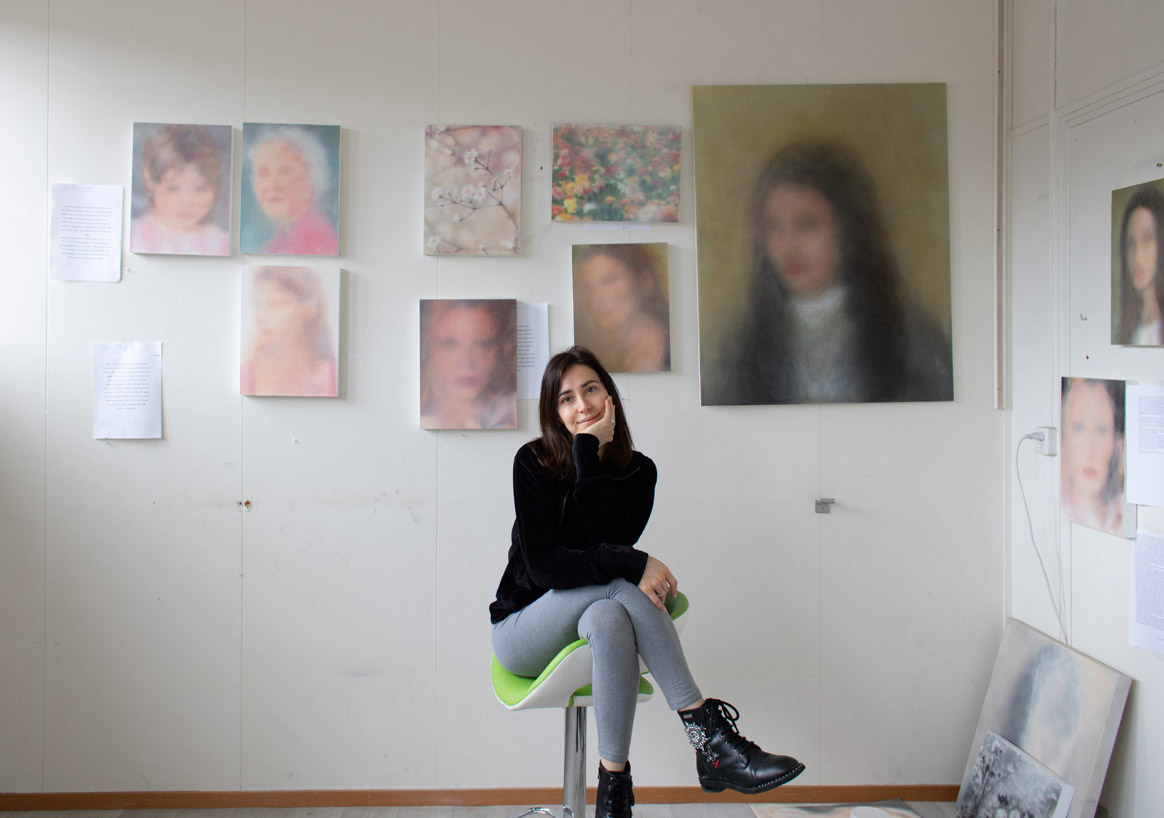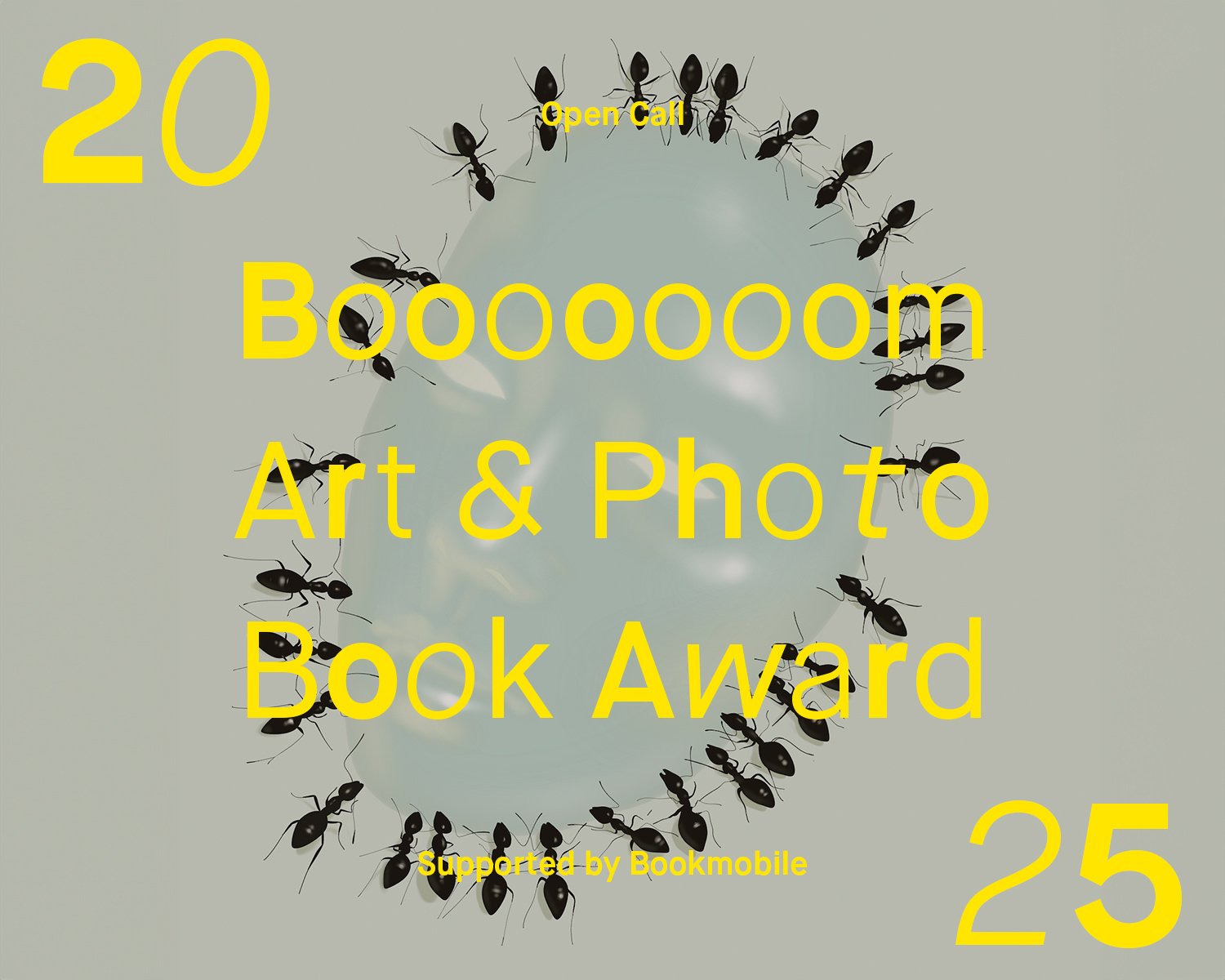Passion Projects is an on-going series where we give $500 to members of our community to put towards a creative idea. From the many proposals we received, one of the projects we selected was from artist Eliana Marinari. With training in classical drawing and a doctorate in science, Eliana’s unique practice often involves the reinterpretation of conventional genres as a means of challenging our perception of reality.
For this project we posed the following question to our community, “What is one specific moment from your past that shaped who you are today?” The answers ranged from inspiring to incredibly painful. Eliana read through them all and created images based on some of the answers that resonated with her.
We’re proud to support her, and very excited to share her passion project with you now!
I don’t meet many people who’ve pursued both art and science to the level you have, where did it all start for you? Were you making paper mache volcanos erupt at home as a kid?
AHAHAH!! Totally! I was not really into volcanoes but together with my dad (from whom I got my creative gift) I was making all sorts of things, including building a 3-floor dollhouse in wood. Then I started to paint with oil at 8 years old (I had them home, they were my grandfather’s) and began to reproduce many famous impressionist paintings, mainly landscapes, such as Monet’s water lilies. I used both oil and gouache.
As a child I was mainly artsy, Science came up only later in life.
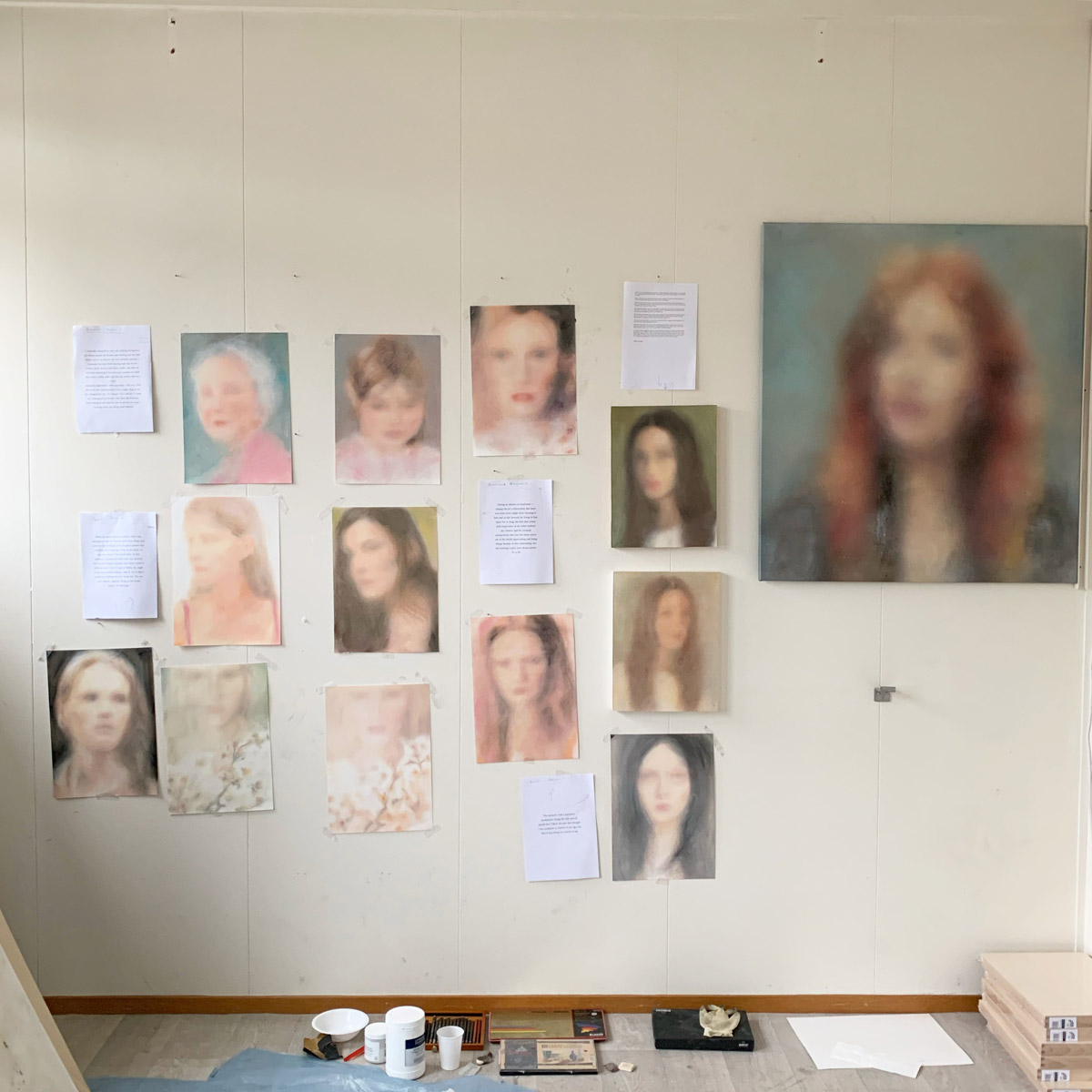
I’d imagine the diversity of your schooling helps you with creative problem solving. Can you talk a bit about seeing art through the lens of science and vice versa?
I actually find that my creative process is very much scientific, using the same analytical skills to overcome creatively each problem to obtain the result I would like. That’s how I started to develop the technique I am using. At the beginning I was using way more spray paint in my work and very little drawing. Then I realized, as spray paint cans are really not precise, I was often throwing away many of my works before getting one I was happy about. So I started to actually draw with the subject pastel and use aerosol acrylic as a “glaze”.

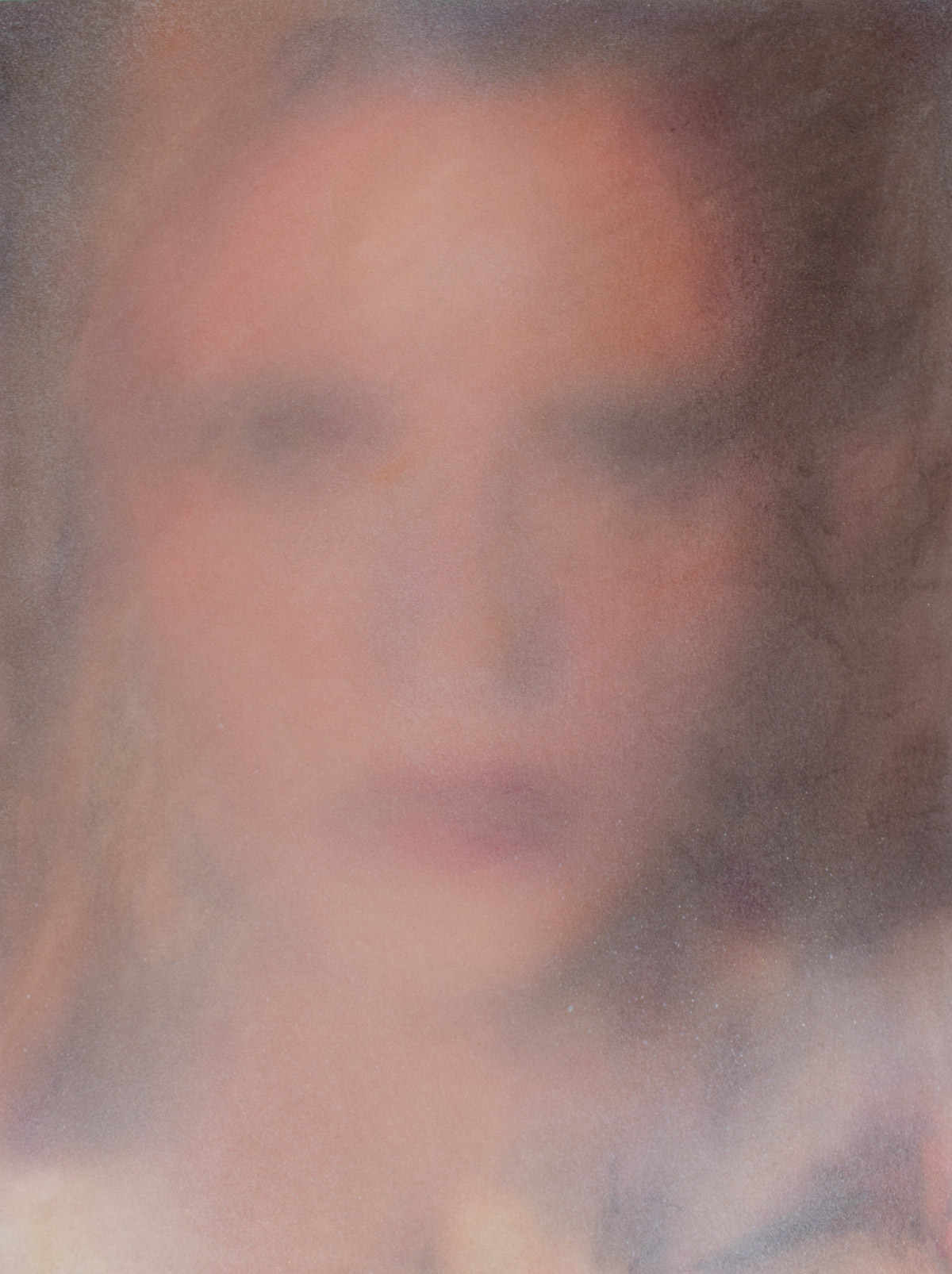
Who are some of the artists who’ve inspired you over the years?
As a child, I loved Monet, Manet and Van Gogh, then in the teenage years I was totally hooked on Munch and later Gerhard Richter, who still is one of my main inspirations. Nowadays I am obsessed by the work of Sarah Ball, Kaye Donachie, Claire Tabouret and Katinka Lampe.
The paintings you’ve been making for the past couple years have a very distinct look, what’s your process?
The work begins with several photographs selected from magazines or personal archives, which I then cut, re-assemble in one source image that I redraw in graphite and pastels on paper or on canvas. Next, I spray on acrylic colors that I use as a “glaze”, semi-transparent layers that shroud the initial drawing like a Renaissance-style sfumato.

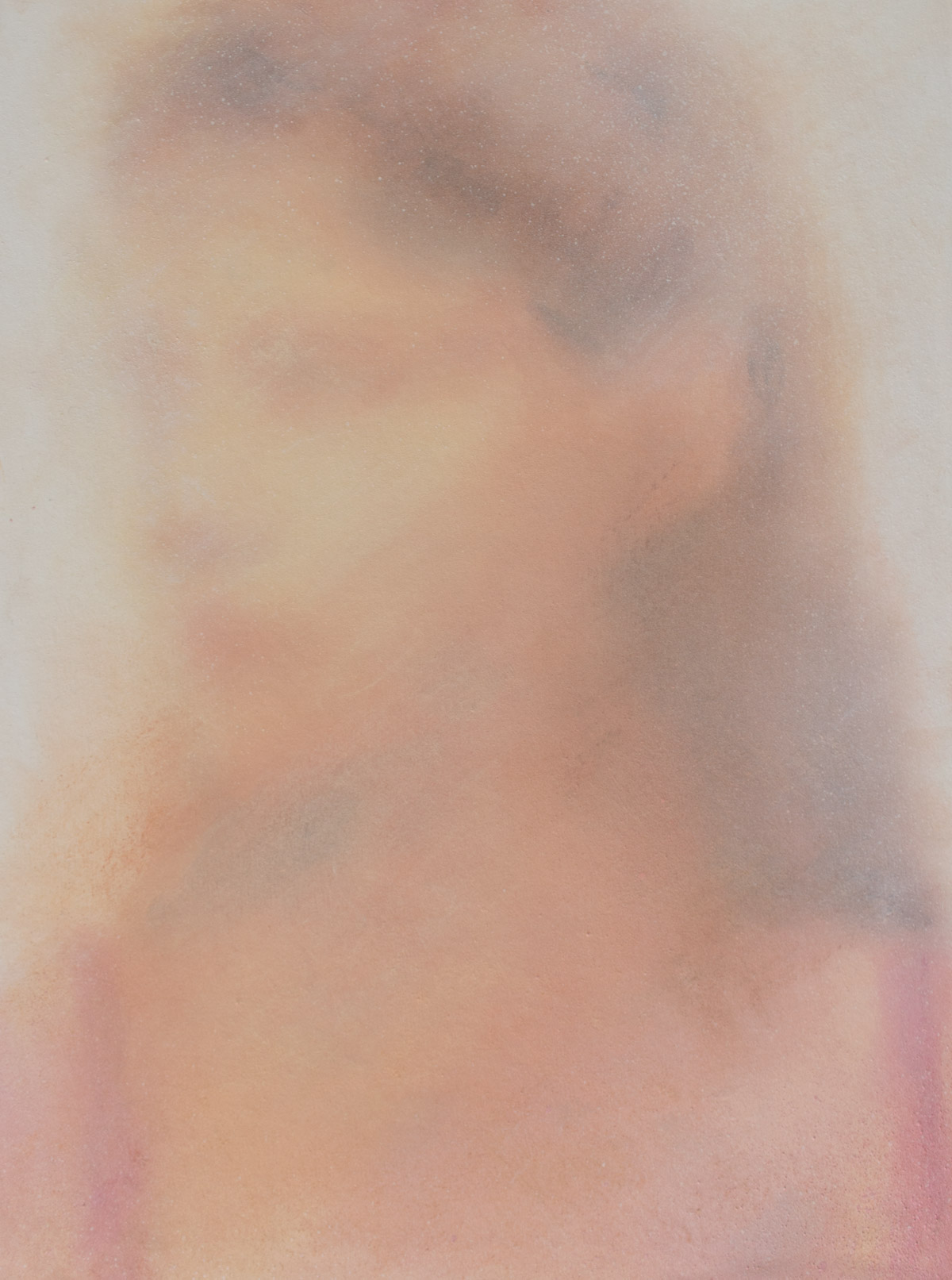
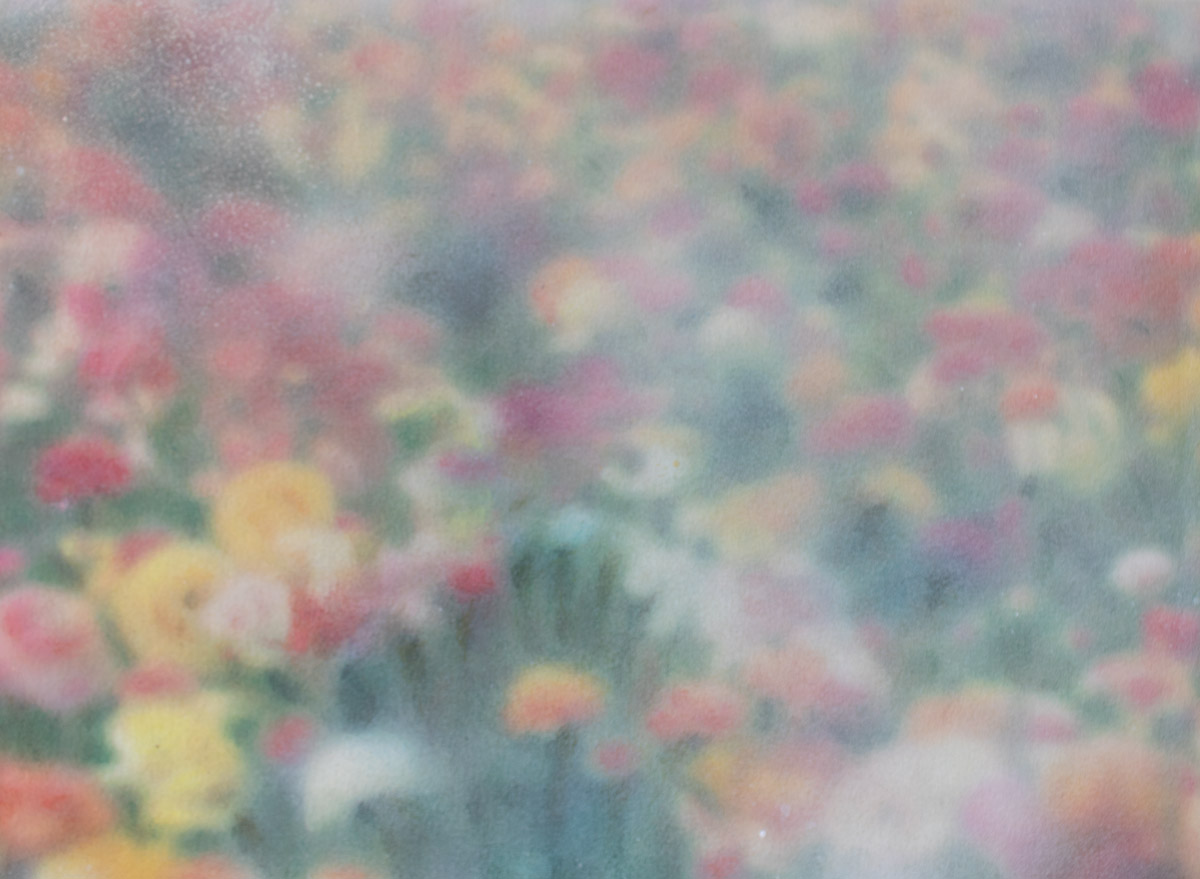
I know memory is one of the recurring themes in your work, a common theme for painters perhaps, but you’re also specifically addressing how our brains actually process visual information, correct?
Yes, that’s correct! The way I refer to memory is very much about how the brain process and store images, the way it recollects them and the way it interprets them. All these steps are very much linked and form what we call “Memory”. Indeed, my subjects are never memories of my childhood; they are totally made up, a puzzle of different source images.
At the risk of going off on a tangent this reminds me of something I learned about in a class at university where a man was in an accident and injured his brain. I believe it affected the connection between recognizing someone and bringing up memories of that person, so the result was he thought that people around him were imposters because they looked like friends or family but he felt no emotional connection to them.
That’s exactly what fascinates me so much 
Have you seen the film Synecdoche, New York? I think it might really interest you.
I have not, but I am going to look for it tonight!!!!
I brought up the film only because it references this exact thing, Capgras syndrome, and it explores fiction and reality in a really unique way.
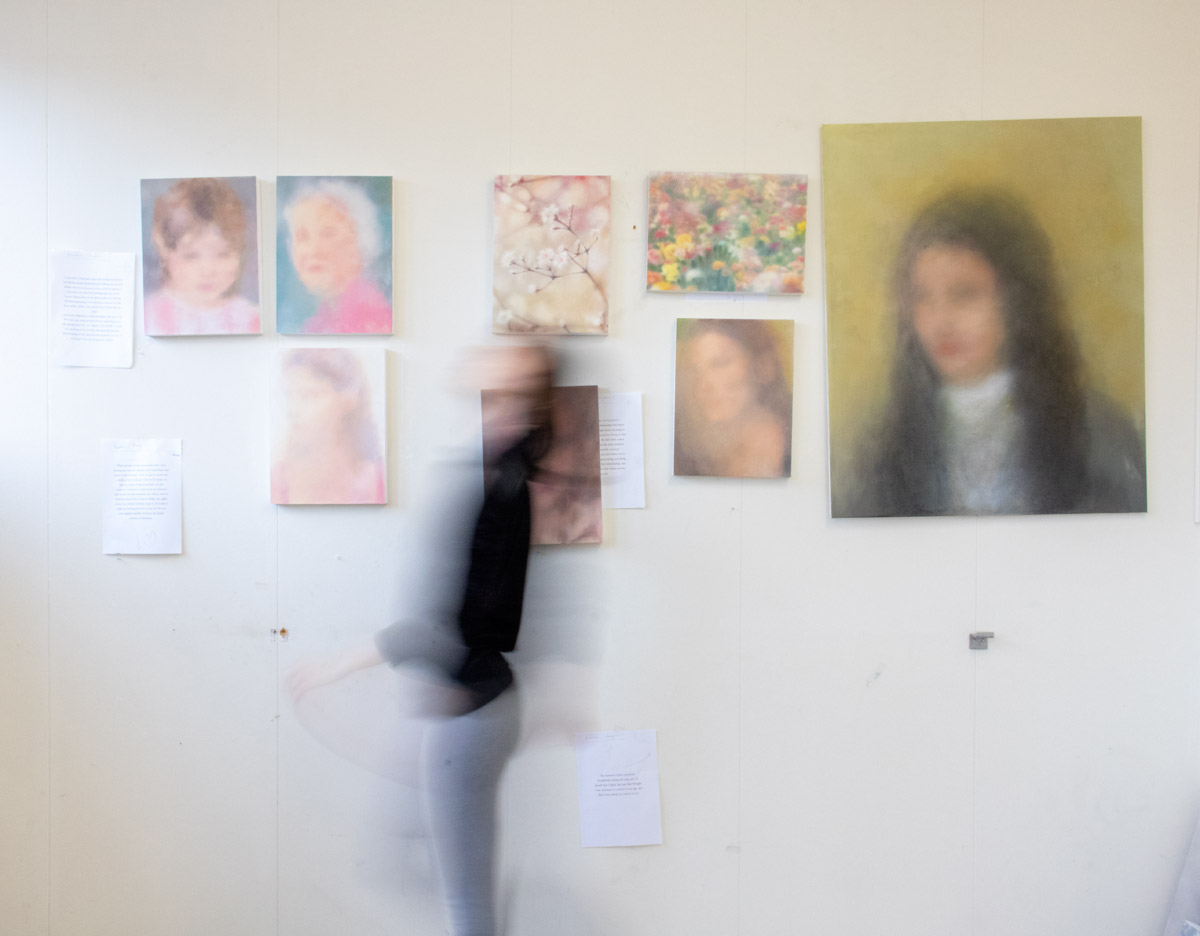
Let’s talk about this passion project! I loved the idea of posing a question to our community that would be the starting point for a series of paintings. What was it like working on this? Can you talk about some of the challenges?
The biggest challenge was to select stories with which I felt a deep connection. As I did not receive any reference image, all I had was a few lines or a short paragraph and it was up to me to imagine the person, the expression, the pose, the setting and then go back and try to draw the image I had in my mind. Sometimes, I almost had the feeling I could not quite grasp that face, that expression, those hairs, and it took several sketches to find it.
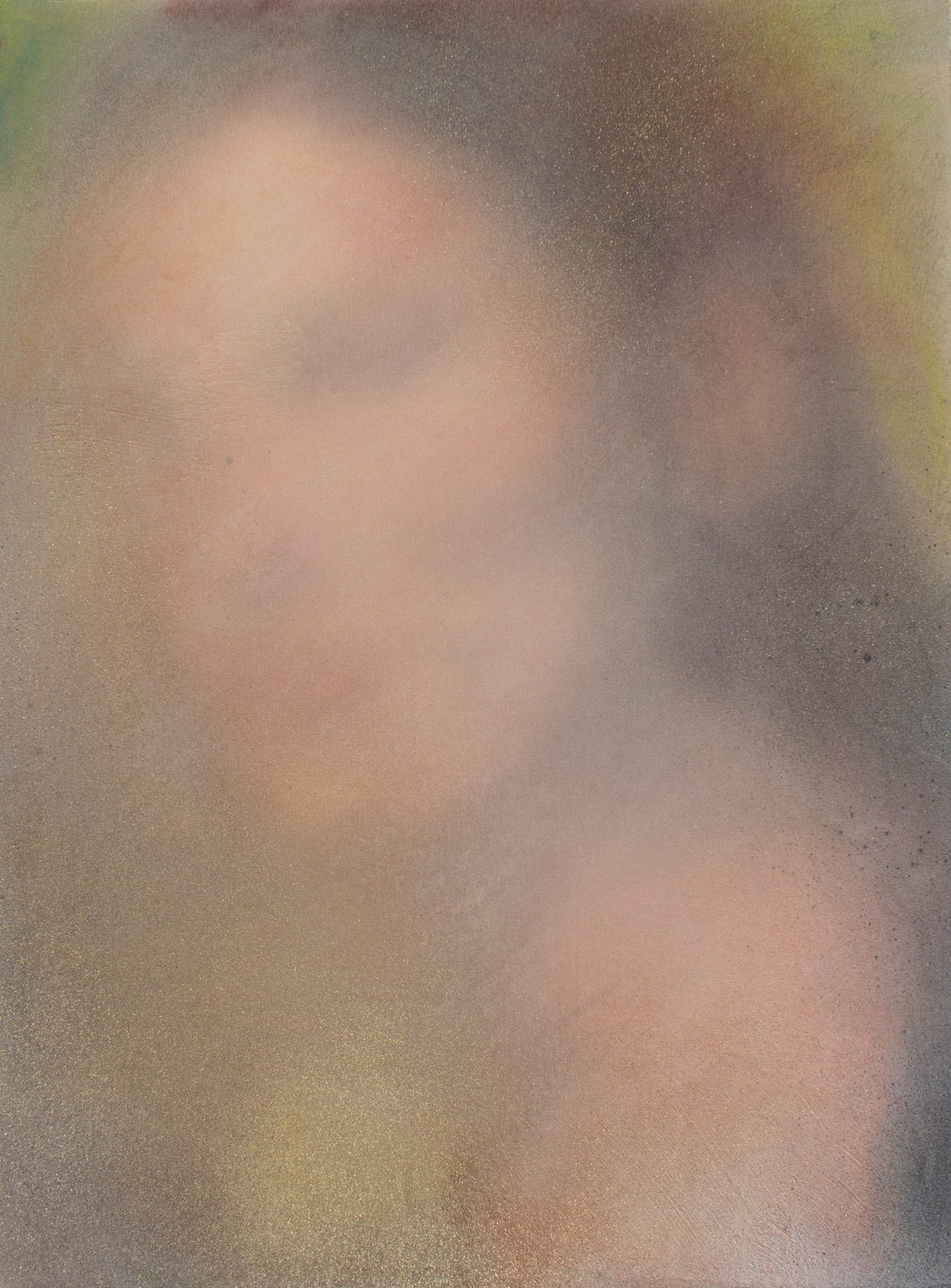

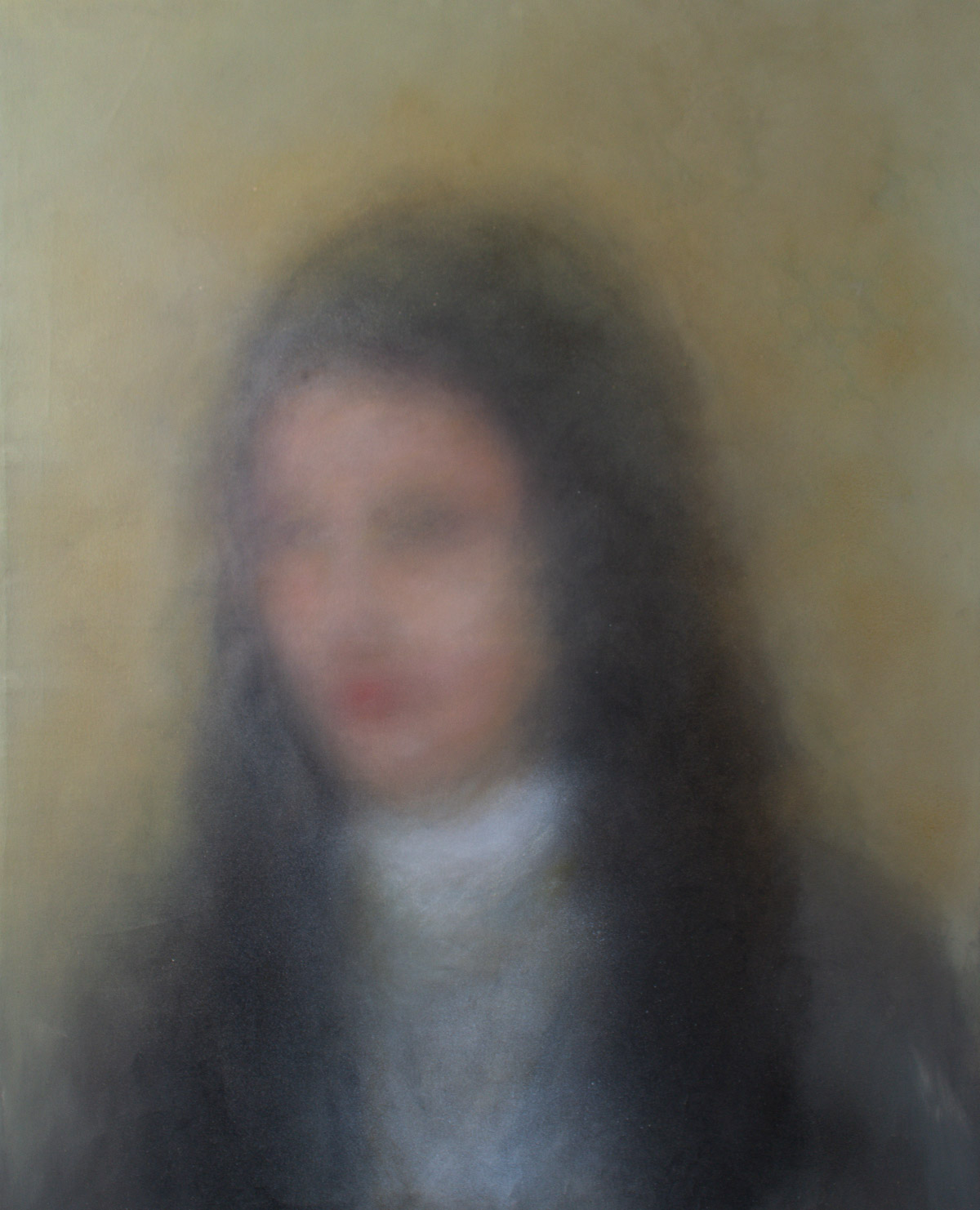
Do you think this experience will impact the way you approach future work?
In the last couple of months I was sent a few amazing stories by DM on Instagram. I also had friends I have known for many years telling me very personal stories they have never mentioned before. I found a new meaning in my work for the very act of listening, the empathy of recollecting that same meaningful event, imagining to experience it, looking through their eyes and still fusing their words with my own very personal history.
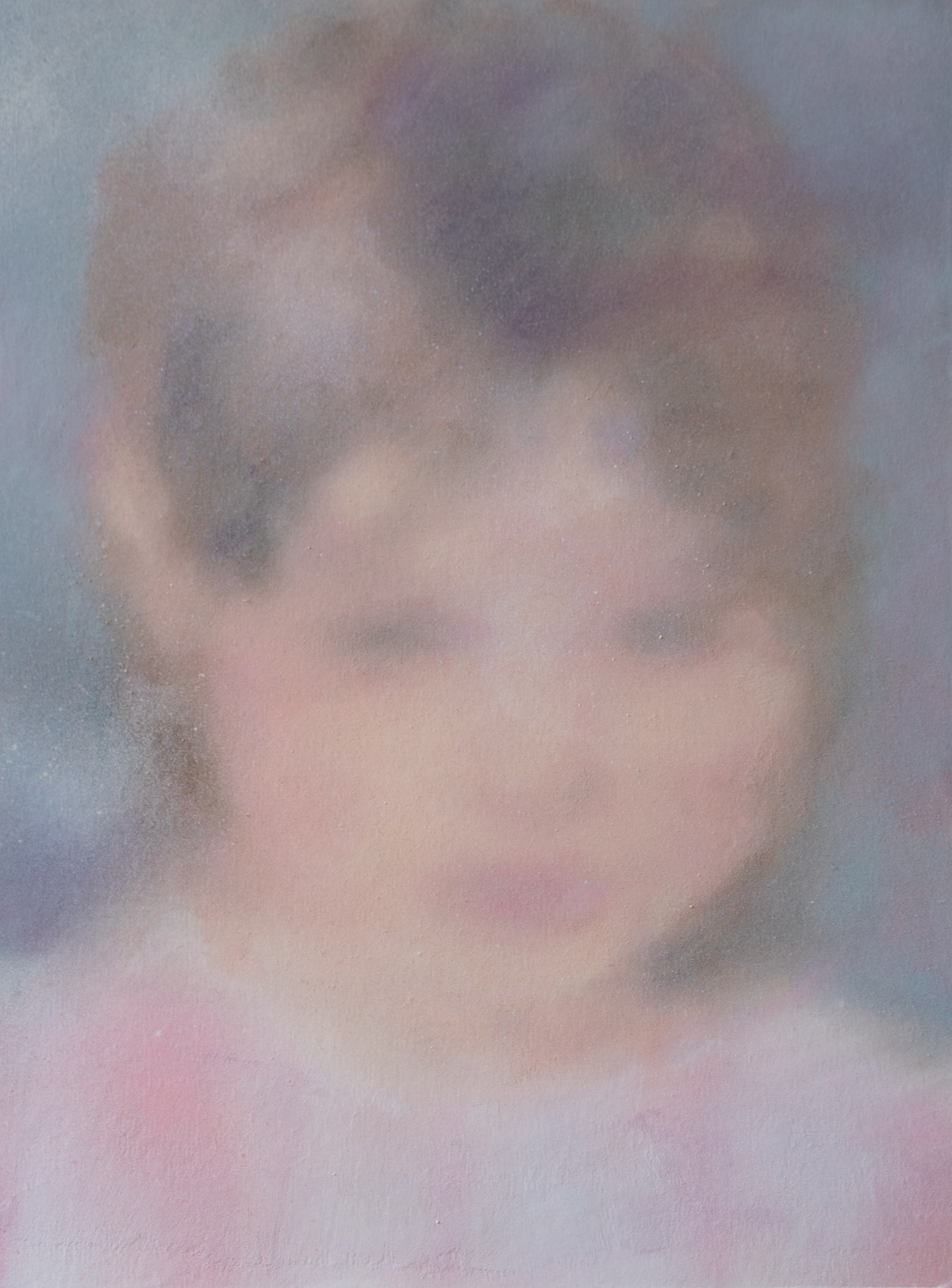

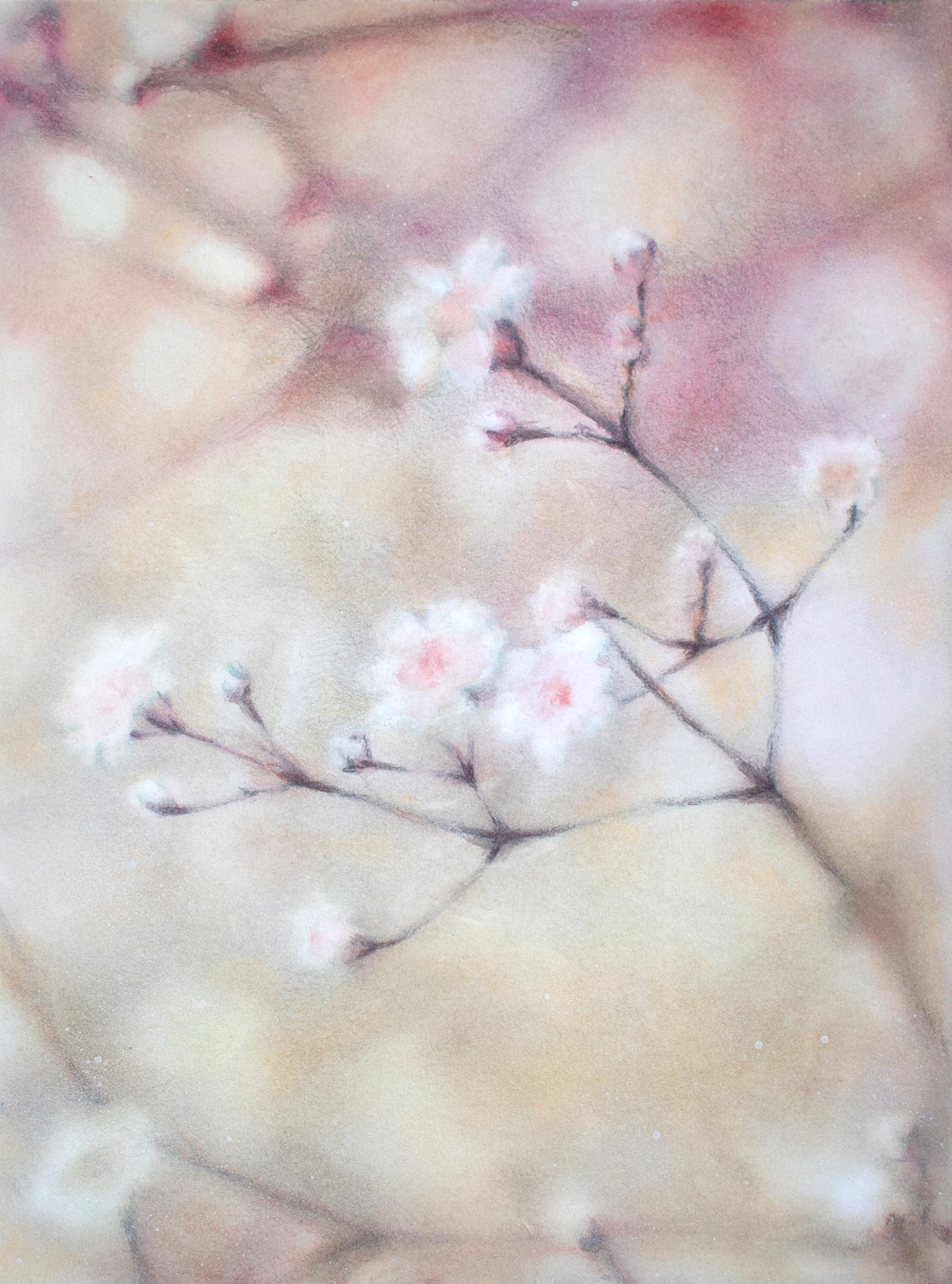
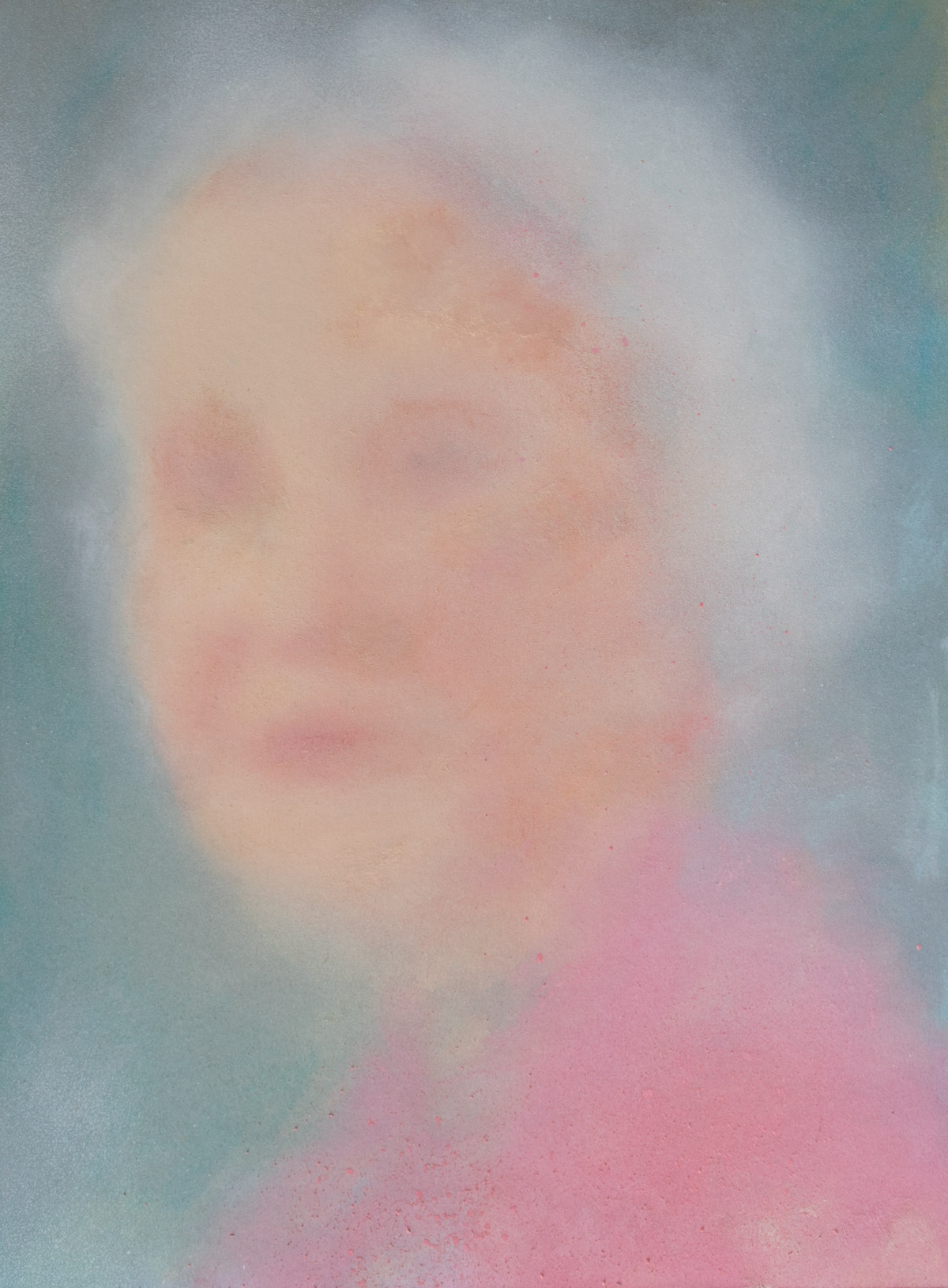
I don’t think we can end this without having you answer the same question as everyone else, “What is one specific moment from your past that shaped who you are today?”
I was 8 years old when my mum had a nervous breakdown. She stopped eating and finally could not go out of bed. Day after day I saw her in bed, heard her cry and looked at the vacuum in her eyes. Until finally one day she told me she had decided to be hospitalized in a psychiatric hospital. She stayed there for a year. I saw her after 6 months. On the day of my first visit, I collected all my piggy bank money and asked my grandmother to come with me to a flower shop. I recollect the roses I chose, the pale pink color, the small size, the intense smell. The image of that bouquet is so vivid.
And maybe that’s why I chose to draw flowers and faces later in life.
That must have been a really difficult experience. It’s interesting now to go back and look at your work and see it as a form of therapy. Thanks for taking part in our Passion Projects, I hope you enjoyed the experience.
It was a great experience and seriously the beginning of a new line of work for me. I didn’t think of my work as a form of therapy but you have a point.
2025 Art & Photo Book Award
Wanna turn your art or photos into a book or a zine? Here’s your chance, we’re picking 9 people!
Learn moreJoin our Secret Email Club
Our weekly newsletter filled with interesting links, open call announcements, and a whole lot of stuff that we don’t post on Booooooom! You might like it!
Sign UpRelated Articles
